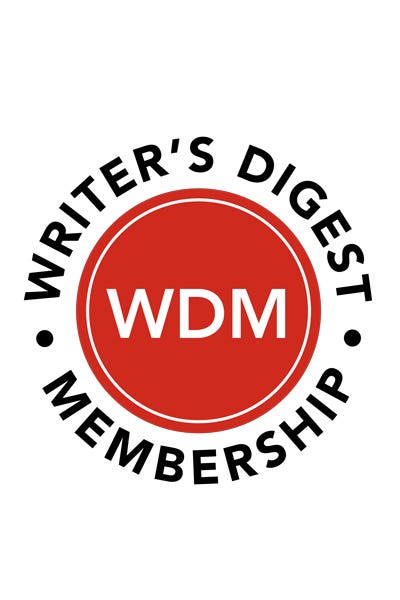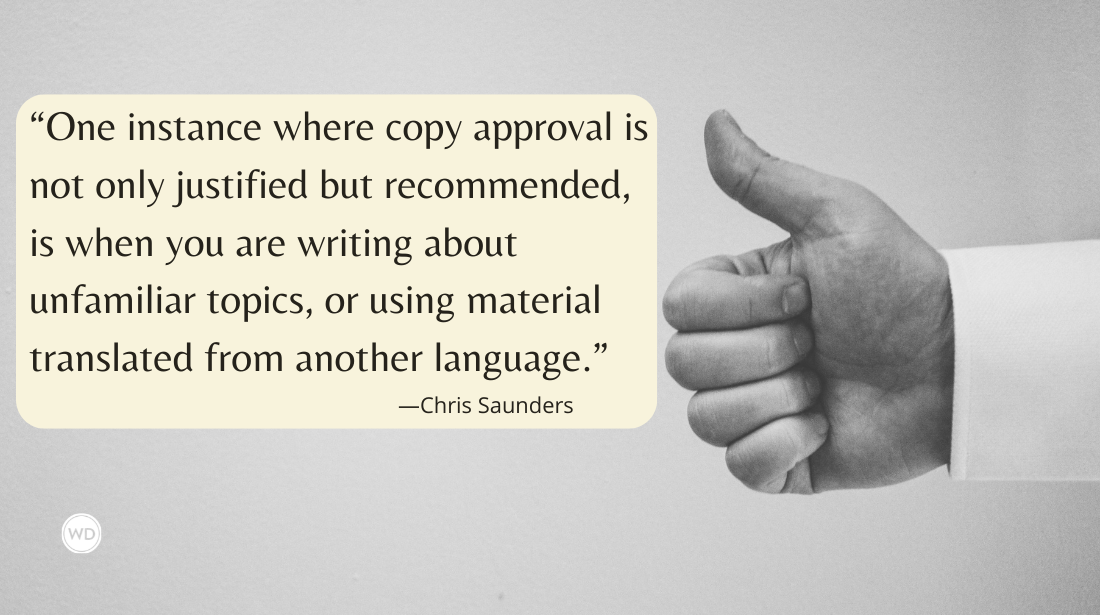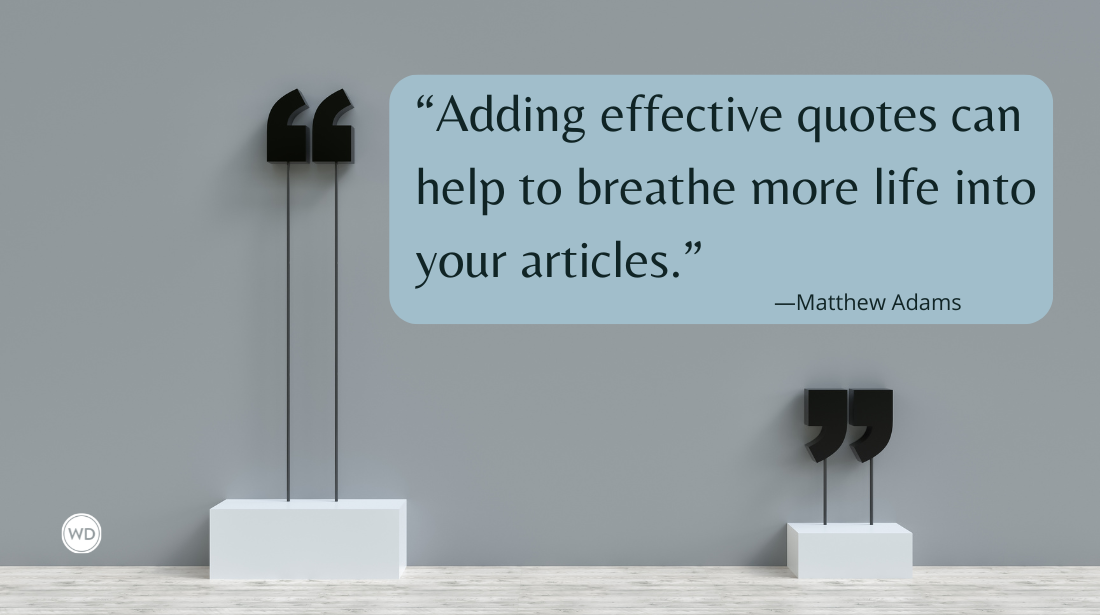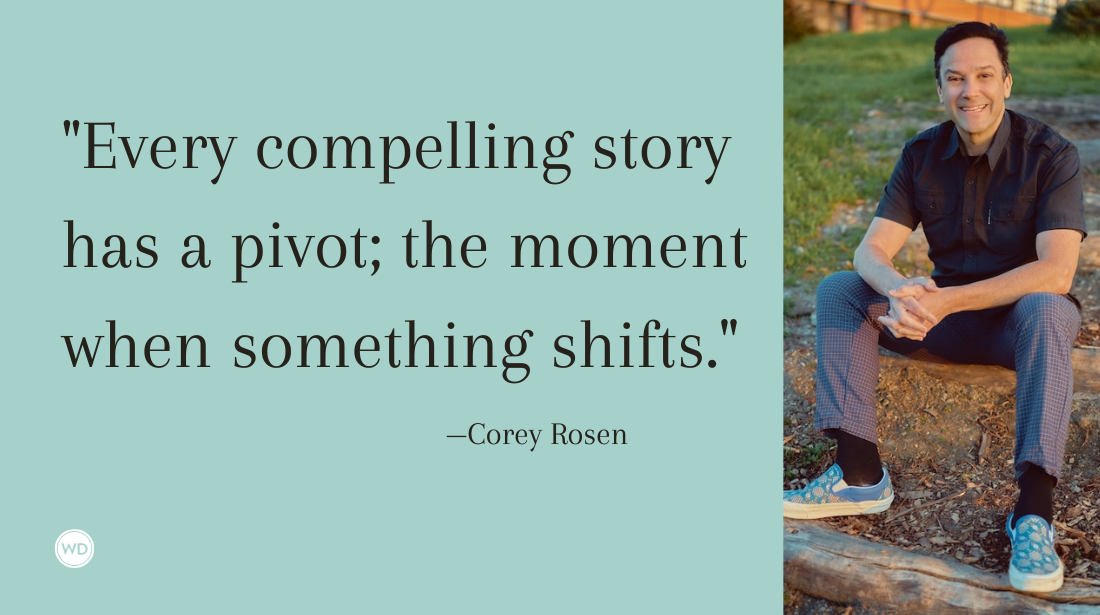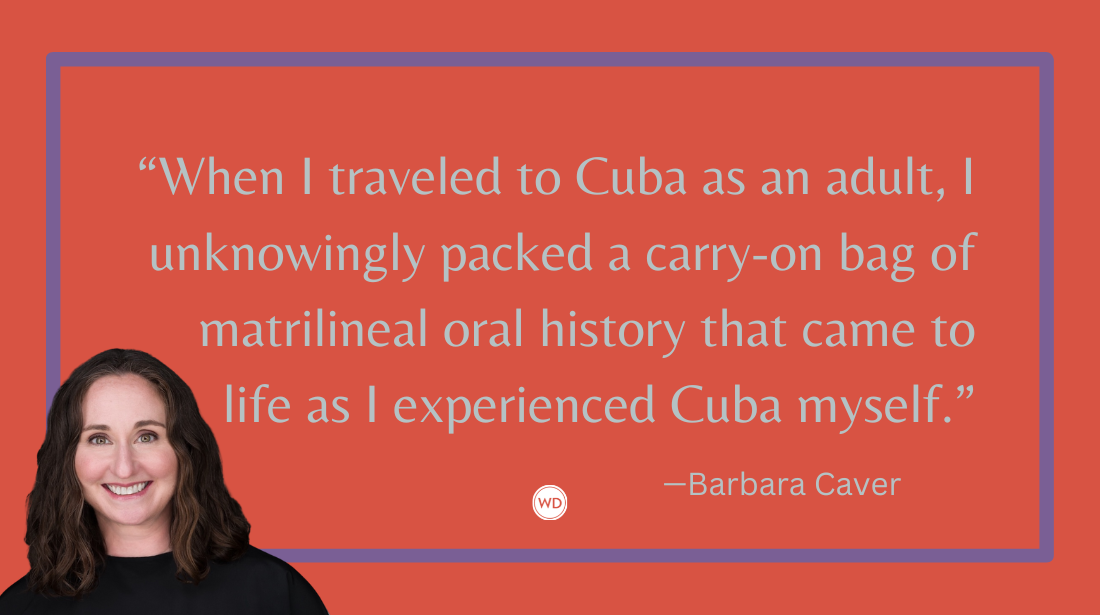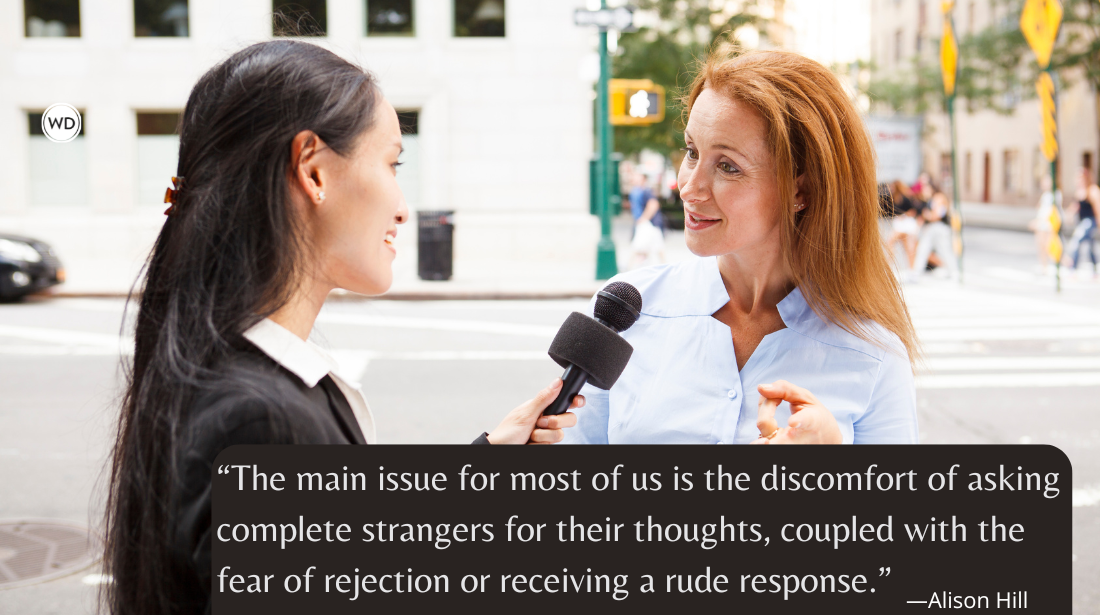Active Voice vs. Passive Voice: How I Stopped Floating Through Sentences and Took the Helm in My Memoir
Award-winning author Leslie Johansen Nack breaks down the difference of active voice vs. passive voice and how they impact memoir writing.
When I set out to write a sequel memoir 10 years after publishing my first, I felt intimidated and overwhelmed. My story was only half done, and readers were asking for the rest of it. But, did I really want to expose more of my own and my family’s dysfunction to the world, opening myself up to more scrutiny?
If I did it, I knew I had to do it honestly. No smoothing the rough edges. No skipping the messy middle. Because it’s the complex parts—the cracks in the foundation—that readers connect with. That’s where the truth lies, and I had a lot of truth to share.
However, when I looked back at my childhood diaries, stories, and poems, I slipped into a kind of emotional fog. That numb nostalgia—the kind that coats everything in gauze—made the memories feel blurry and just out of reach. I needed to write about things that were murky, confusing, and not entirely resolved in that time. It wasn’t easy.
To write a book that would keep the reader turning pages, I had to do more than recall. I had to focus those memories into moments and describe them with clarity and momentum. I had to stop passively reporting what had happened—and start actively showing it.
This is the story of how I learned the difference between active and passive voice.
Or, to show you the passive version: This article was written by me to show the difference between active and passive voice.
See the difference? One has me rolling up my sleeves, engaging with you directly. The other sounds like I left the room and let my computer type it.
I’ve wrestled with this idea of active vs. passive voice for most of my writing life—which, to be honest, hasn’t been that long. I dreamed of writing for decades, earned a degree in English Literature (which, let’s face it, doesn’t automatically make anyone a writer), and wrote a boatload of papers. But that was a lifetime ago. By the time I finally sat down to write my memoir, I realized I’d been so busy living that I’d forgotten some of the most basic writing rules.
Here’s one I had to relearn the hard way: Use active voice—no matter if you’re writing in past or present tense.
I recently read a friend’s forthcoming memoir written in present active voice. The author captured her younger self’s point of view so vividly that I forgot I was reading about the past. It was as if the story were unfolding right before our eyes, happening in real time. Her use of active voice made it raw, moving, and unforgettable.
Writing in past tense, especially when recalling emotional or traumatic memories, can be a trapdoor to passive voice. We slip into explanation mode. We describe instead of evoke. It’s natural, maybe even necessary in early drafts. But in revision, we must breathe life into the retelling. We must turn passive explanations into active remembrances.
In my early drafts, I wrote lines like: “I was looking at the dolphin as it swam by.”
It’s not technically wrong, but it meanders. The emotional current is weak. I’ve learned to write instead: “I saw the dolphin swim by.”
Same moment. Sharper image. Stronger sentence. I’m no longer observing from a distance—I’m in it. The verb is doing the work.
Over time, I developed a radar for passivity. If a sentence leans too heavily on “to be” verbs—was, were, is, are—it’s often a clue I’ve drifted into passive waters. Not always, but often enough to matter. “To be” verbs aren’t evil, but they’re slippery little lifeboats when we’re afraid to swim into the emotional depths.
Another flag for me is the use of -ing words, such as “looking,” from the example above.
Active voice gives the reader something to grab onto. It’s grounded, assertive, alive. Passive voice, while sometimes useful—like when the actor is unknown or irrelevant—tends to blur the edges and slow things down. And memoir can’t afford to be blurry. It demands intimacy. Urgency. Truth in motion.
So if you’re writing your truth—your survival, your reckoning, your hard-won healing—don’t let your sentences whisper from the sidelines—step inside them. Be the subject. Own the verb.
Passive voice distances the reader. Active voice hands them the oars and says, Come with me.
Check out Leslie Johansen Nack's Nineteen here:
(WD uses affiliate links)



